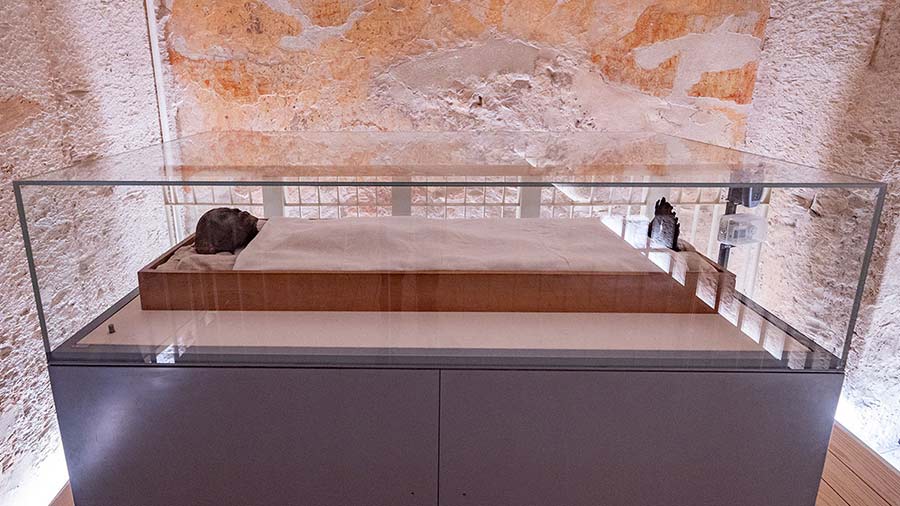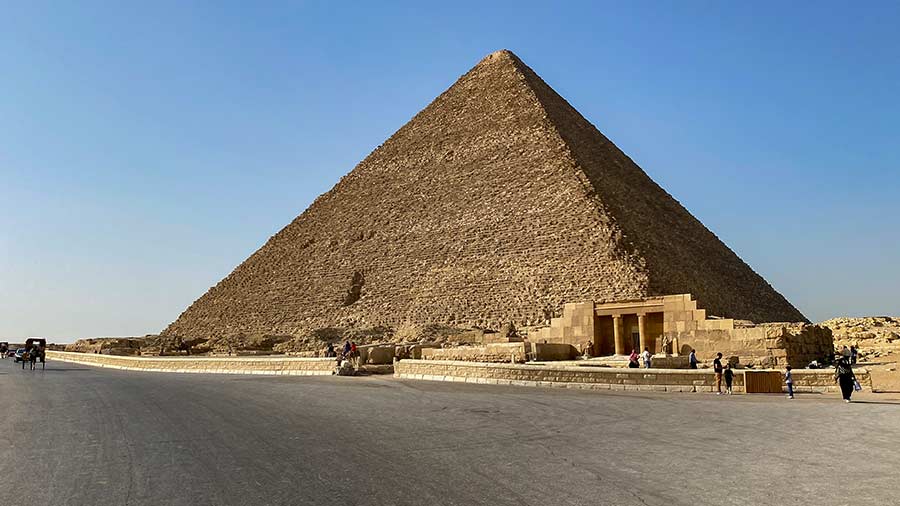Tutankhamun, a name that brings the imagery of gold and opulence to anyone’s mind is one of the most famous Pharaohs known around the world. Often referred to as the 'Boy King', a title which was given to him in modern times due to the fact that he came to the throne when he was just nine years old and to make matters more intriguing, he died at a very young age of around 18 years — roughly just 10 years of rule and a short life of around 1341 BC to 1323 BC.
A very important part of ancient Egypt culture, especially amongst the royals, was the tomb in which they were buried. For them, the afterlife was more important and to make their journey royal and smooth their burial chambers were commissioned by the Pharaoh himself making sure that there was no compromise in the opulence. It was a matter of pride for them to have a royal burial chamber filled with gold and riches. The walls were often painted with images depicting the glorious rule of the king.

Valley of the Kings in Luxor
This being said, the tomb of Tutankhamun surprisingly is very different from the rest. Most of the popular tombs of that era are located in the city of Luxor on the western bank of the Nile in a place called Valley of the Kings. As the name suggests the kings and nobles during the 16th to 11th century BC were mostly buried there in tombs that were cut deep into the rocks.
Unlike the tombs of Ramesses, Seti, Siptah, etc. which are large and grand, the tomb of Tutankhamun is nothing in comparison to these. The tomb of Tutankhamun in fact was only discovered as recently as 1922 by Howard Carter after years of excavation and research around the valley.
The mystery surrounding the tomb of Tutankhamun deepened as this was the most sought-after by Egyptologists and death during the excavation led to the belief of a “curse on the tomb”. George Herbert, the fifth Earl of Carnarvon who was the patron of Howard Carter, died a year later after the discovery of the tomb due to an infection.
The Tomb of Tutankhamun

Entrance to the Tomb of Tutankhamun
By looking at the size and design of the tomb of Tutankhamun it is very obvious that this was never the original tomb that was designated for Tutankhamun. It was a practice for any Pharoah to build their own tombs during their lifetime and the design often reflected in the personal choice and taste of the king. The tomb discovered by Howard Carter was nothing like a tomb that would be fit for Tutankhamun.
Tutankhamun was building a grand tomb for himself but his sudden death at a very young age led to a power struggle between the queen, close advisors, etc. Ay, who was a close advisor to the Pharoah and had been a close confidant to earlier Pharaohs, managed to come victorious and became the next Pharoah. It is believed that Tutankhamun was hurriedly buried inside the tomb which was meant for Ay and the original tomb that Tutankhamun was building for himself was where Ay was buried after his death.

Stairway leading to the first doorway inside the tomb
The tombs around the valley were often subjected to raids by grave robbers. It was a well-known fact that most of the tombs around the valley were often filled with precious objects made of gold. The more opulent bigger tombs mostly had already been robbed of their riches. Fortunately, the tomb of Tutankhamun was spared much destruction due to its obscure small entrance. There were attempts by grave robbers but most of the time they were unable to reach the side chambers.

The sarcophagus inside the burial chamber of Tutankhamun
To reach the tomb one needs to first enter from a very narrow rock-cut gate located at the base of the hillside and then go down a steep stairway to reach the first doorway and then after passing a long corridor reach the second doorway. After crossing the second doorway, one would be inside the first room, the antechamber. Out here, immediately on the left, one can see the mummified remains of Tutankhamun carefully preserved inside a humidity and temperature-controlled glass box.
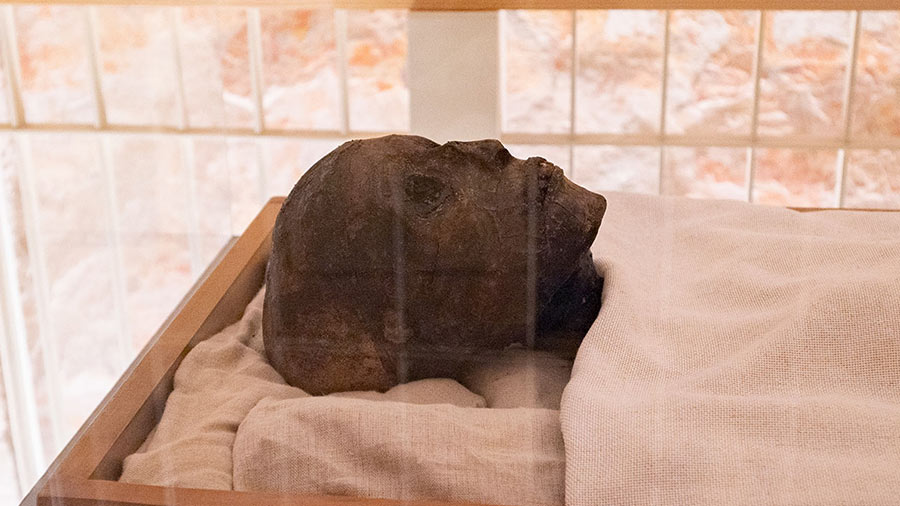
A closer look at the mummy
Originally the mummified body of Tutankhamun was present in the main burial chamber located on the right of the antechamber after crossing the third doorway. The remains of Tutankhamun were shifted out of that room in order to preserve the mummified remains that had to be preserved and also the large wall painting and hieroglyphic decorated the walls around the burial chamber.
Right next to the burial chamber is the treasury. When the tomb was discovered by Carter, the contents of the treasury were intact and were carefully shifted out along with other valuables from the tomb.
The treasure at Cairo Museum
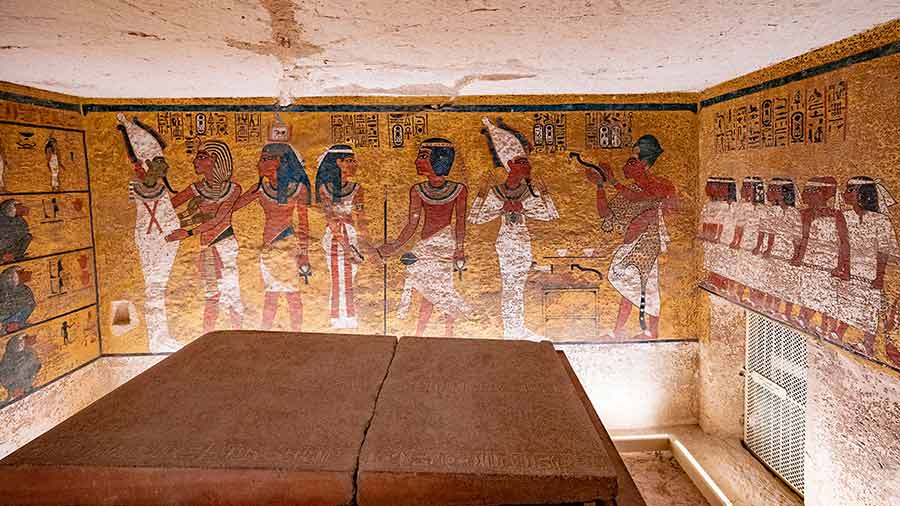
Hydrographic and images inside The Burial Chamber
Except for the mummified remains of Tutankhamun, all valuable objects were shifted out and one can still see these at the Egyptian Museum in Cairo. So, what you see at Luxor are only the burial chamber, the mummified remains and the outer quartzite sarcophagus.
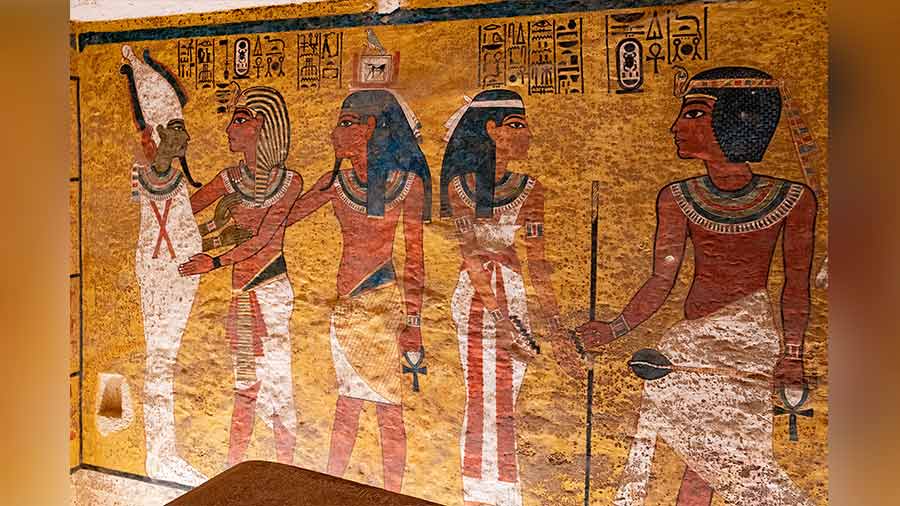
Tutankhamun embracing God Osiris
If one wants to see everything that is gold then one must visit the special room at the museum in Cairo dedicated to Tutankhamun. This room is one of the most visited places in the museum and tourists often wait for hours for their turn to see the contents that were found inside the tomb.
Any kind of photography or videography is strictly prohibited inside this special room and tourists can only enjoy the visual experience.

Funeral procession of Tutankhamun
One of the most prominent things that you can see here is the mask of Tutankhamun, a gold gilded wooden outer coffin, and the solid gold inner coffin. Along with these, you can also see other objects that were found inside the tomb, like daggers, chariots, gloves, model boats, etc.
Travel Information and tips

Egyptian Museum in Cairo
- Valley of the Kings is a vast area and can take around a full day to cover. The ticket price includes the entrance and visiting any three tombs so select the best ones.
- For entering the tomb of Tutankhamun, a separate ticket is needed. Iit is advised to buy the ticket at the entrance, else you have to travel all the way back to the ticket counter located at the entrance.
- Avoid summer time, as the valley can become extremely hot and unbearable making it impossible to explore the tombs.
- The Egyptian Museum in Cairo is a must-visit if you want to see the original treasure that was found inside the tomb. Keep in mind that all the artifacts of Tutankhamun are kept in a special room located on the first floor. Keep time in hand as you need to queue up to enter this room.
— Working for more than a decade in the book retail and publishing industry, Subhadip Mukherjee is an IT professional who is into blogging for over 15 years. He is also a globetrotter, heritage lover and photography enthusiast.
